Books and video recommendations to get you excited about going to the Galapagos!
Voyage of the Beagle by Charles Darwin
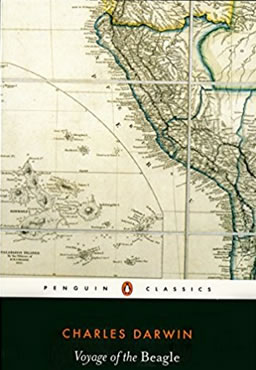 If you’re going to read about the Galapagos Islands, you might as well start with one of the most classic pieces about the islands ever written with Voyage of the Beagle. Charles Darwin ventured to the Galapagos on the HMS Beagle from 1831 until 1836, observing and documenting the species that lived there. This illustrated version of his journals also includes snippets of his life onboard and his life in general, and serves the predecessor to a little theory about evolution. Better yet, you might expect something like this to be dry and scholarly, but it’s surprisingly entertaining.
If you’re going to read about the Galapagos Islands, you might as well start with one of the most classic pieces about the islands ever written with Voyage of the Beagle. Charles Darwin ventured to the Galapagos on the HMS Beagle from 1831 until 1836, observing and documenting the species that lived there. This illustrated version of his journals also includes snippets of his life onboard and his life in general, and serves the predecessor to a little theory about evolution. Better yet, you might expect something like this to be dry and scholarly, but it’s surprisingly entertaining.
*****
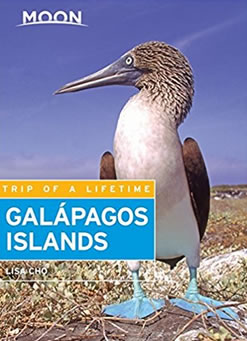 Moon Guide to the Galapagos by Lisa Cho
Moon Guide to the Galapagos by Lisa Cho
If you’re the guidebook sort, then the Moon guide to the Galapagos is a strong choice as it provides a great overview of just about everything. Lisa Cho is a well-experienced traveler to the region and covers everything you need to know for your trip to the islands. Practical info about the cities on the islands? Check. A dash of history? Double check. A guide to the wildlife you’ll see? You got it.
*****
Galapagos Wildlife, A Visitor’s Guide by David Horwell and Pete Oxford
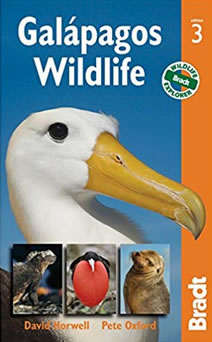 If you’re going to the Galapagos Islands, then you’re going with the intent to view the wildlife. Galapagos Wildlife is a solid primer to get to know what you’ll see, or to help you identify it once you see it with more than 120 color photos to help you along the way. But beyond the scads of mammals, reptiles and birds that live on the island, the book also provides details about island landings and visitor sites so you know where best to see what you most want to see! Bonus, it’s light and easy to carry in a daypack.
If you’re going to the Galapagos Islands, then you’re going with the intent to view the wildlife. Galapagos Wildlife is a solid primer to get to know what you’ll see, or to help you identify it once you see it with more than 120 color photos to help you along the way. But beyond the scads of mammals, reptiles and birds that live on the island, the book also provides details about island landings and visitor sites so you know where best to see what you most want to see! Bonus, it’s light and easy to carry in a daypack.
*****
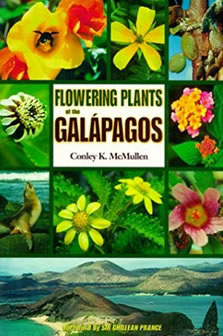 Flowering Plants of the Galapagos by Conley McMullen and Ghillean Prance
Flowering Plants of the Galapagos by Conley McMullen and Ghillean Prance
Second only to the wide variety of creatures living on the islands is the tremendously varied plantlife on the islands. For the botanically driven visitor, Flowering Plants of the Galapagos makes a great companion to any wildlife guide. It includes a map of the islands, a botanical history and descriptions of the islands’ ecological zones, and descriptions of what you’ll see at each visitor site.
*****
Explore the Galapagos Islands with Google Maps
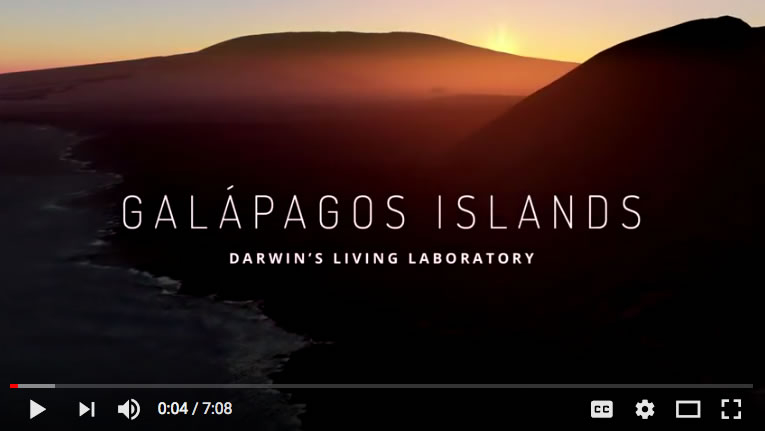 This YouTube video is neat to watch for a few reasons. One, the video quality is high and even though the video is out to showcase the Google Maps team mapping the islands, you also get to peep at the wildlife and terrain of the main islands. This video also serves as most likely an intro to one very cool fact—that you can take a virtual journey to the Galapagos via Google Maps and look around in street view, sometimes on roads, sometimes at specific points, but it’s very cool.
This YouTube video is neat to watch for a few reasons. One, the video quality is high and even though the video is out to showcase the Google Maps team mapping the islands, you also get to peep at the wildlife and terrain of the main islands. This video also serves as most likely an intro to one very cool fact—that you can take a virtual journey to the Galapagos via Google Maps and look around in street view, sometimes on roads, sometimes at specific points, but it’s very cool.
*****
Galapagos with David Attenborough
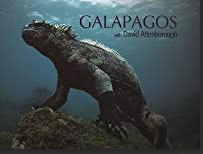 For a documentary-style history of the islands, it’s tough to beat this one. David Attenborough rarely disappoints. This is a three-part series that delves into the formation of the islands, the wildlife found there and what makes the wildlife here so fascinatingly unique.
For a documentary-style history of the islands, it’s tough to beat this one. David Attenborough rarely disappoints. This is a three-part series that delves into the formation of the islands, the wildlife found there and what makes the wildlife here so fascinatingly unique.
*****
The Galapagos Islands HD by Fred Heiman
If you want to see what a journey to the islands actually looks like before you go, 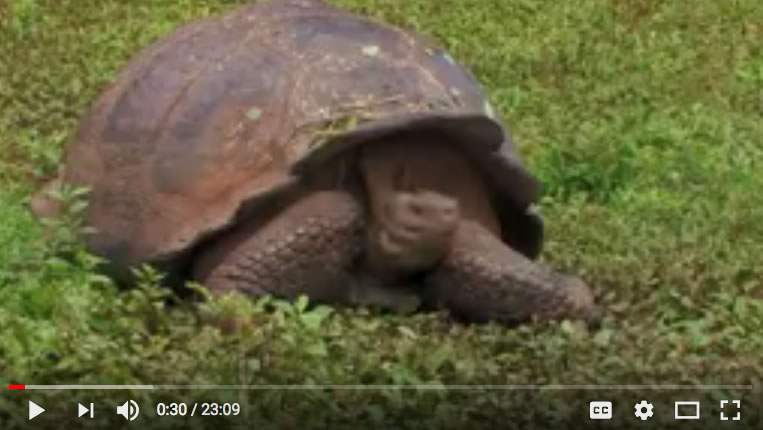 The Galapagos Islands by Fred Heiman follows a family as they venture to Ecuador and then out to the islands on a guided tour that includes eight days on an 83-foot yacht. The photography is beautiful. The adventure is well narrated. And you’ll get a nice overview of the animals who call these unique islands home.
The Galapagos Islands by Fred Heiman follows a family as they venture to Ecuador and then out to the islands on a guided tour that includes eight days on an 83-foot yacht. The photography is beautiful. The adventure is well narrated. And you’ll get a nice overview of the animals who call these unique islands home.
*****
Galapagos by Kurt Vonnegut
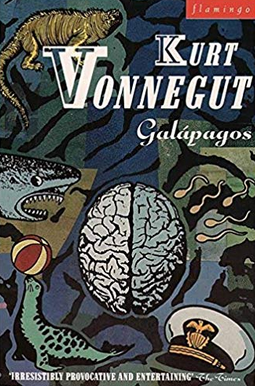 You heard me right. Kurt Vonnegut wrote a book called Galapagos and, no, don’t expect a factual overview of the islands. However, if you want to read something inspired by the islands that goes off in unexpected directions, then this is the book for you. The novel follows a set of travelers who voyage to a fictional island in the Galapagos. The group is shipwrecked just as a virus knocks out the rest of the world’s ability to reproduce, leaving the team on the island solely responsible for the continuation of the human race. Like most of Vonnegut’s work, it’s at once a bit ridiculous as well as a pointed satire about humanity.
You heard me right. Kurt Vonnegut wrote a book called Galapagos and, no, don’t expect a factual overview of the islands. However, if you want to read something inspired by the islands that goes off in unexpected directions, then this is the book for you. The novel follows a set of travelers who voyage to a fictional island in the Galapagos. The group is shipwrecked just as a virus knocks out the rest of the world’s ability to reproduce, leaving the team on the island solely responsible for the continuation of the human race. Like most of Vonnegut’s work, it’s at once a bit ridiculous as well as a pointed satire about humanity.
*****
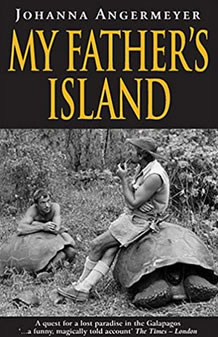 My Father’s Island: A Galápagos Quest by Johanna Angermeyer
My Father’s Island: A Galápagos Quest by Johanna Angermeyer
While the story is true, My Father’s Island reads like a novel as the author ventures to the Galapagos Islands to find out what happened to her father—a refugee from Hitler and World War II who lived his last years on the islands. Angermeyer finds herself falling in love with the islands (because who wouldn’t) as she explores nature, has up-close-and-personal encounters with wildlife, and meets her relatives still living in the region.
*****
Enchanted Islands: A Novel by Allison Amend
While Enchanted Islands starts off a little slow, it builds into a 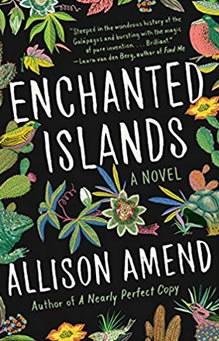 compelling narrative based on the memoirs of Frances Conway, a Minnesotan woman whose life changed significantly when she and her husband, an undercover intelligence officer, was sent to the Galapagos Islands right before World War II. The novel has a bit of everything – love and marriage, female friendship, spies and mystery, and plenty of Galapagos adventure.
compelling narrative based on the memoirs of Frances Conway, a Minnesotan woman whose life changed significantly when she and her husband, an undercover intelligence officer, was sent to the Galapagos Islands right before World War II. The novel has a bit of everything – love and marriage, female friendship, spies and mystery, and plenty of Galapagos adventure.